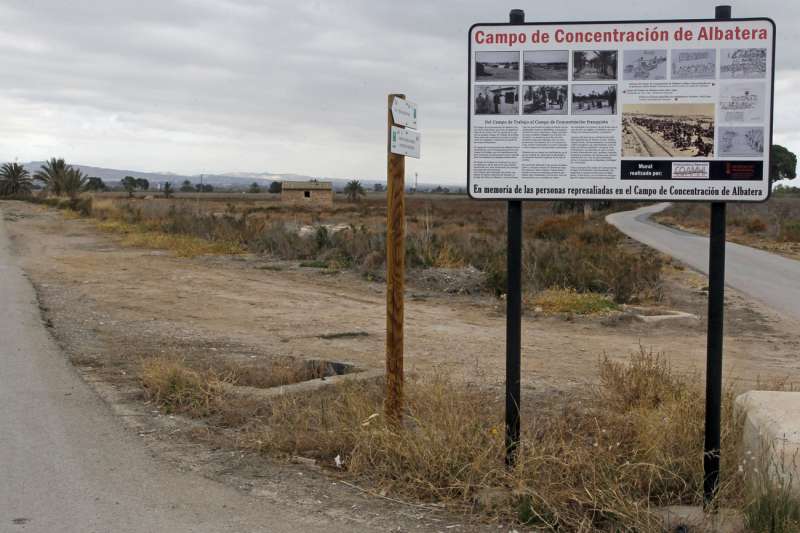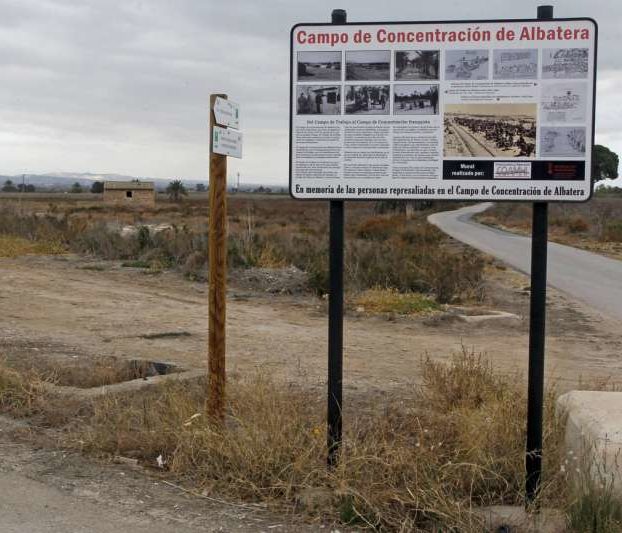- The “Albatera concentration camp”, the largest Francoist detention centre in Spain, housed over 15,000 prisoners in April 1939.
Archaeological surveys that are being carried out on the lands previously occupied by the Albatera concentration camp, the largest Francoist detention centre in Spain, with some 15,000 prisoners in April 1939, face an uncertain future after the change of government in the Generalitat Valenciana.
The regional aid that has allowed the San Isidro City Council to finance four fruitful archaeological campaigns, on the site of the former Republican prison, that was transformed after the war into a concentration camp for the defeated Nationalists would seem to be in doubt.
“We have no news, we don’t know if there will be a budget,” the mayor, Manuel Gil (PSOE), told the press agency EFE. “It is something that they still have to consider,” he says, referring to the regional government coalition of PP and Vox.
Archaeologist Felipe Mejías, director of research in the Albatera fields, trusts that it is just an “impasse.” He said that the Department of Democratic Quality, which financed the work of his team, in recovering the memory of Franco’s repression and searching for and exhuming the remains of victims, has disappeared from the new organisation,
What is more uncertain than the continuity of the archaeological surveys, however, is the development of the project that Mejías and the San Isidro Council propose for the future: the purchase of two plots on which 90% of the prison was located (brackish agricultural land of little value), which will allow the continued search for material and human remains and the establishment of the site as a museum.
Mejías perseveres in his goal of expanding his knowledge of the Albatera countryside and creating a museum that tells its story. “There is nothing in Spain, either on this scale or with the importance that this site had,” he said.
Built in the summer of 1937 by the Government of the Second Republic as a forced labour camp to hold Nationalist prisoners, it had capacity for about 2,000 inmates.
On April 1, 1939, the Spanish War officially ended, with the last Republican stronghold in the port of Alicante, with some 20,000 defeated people seeking escape on ships that did not arrive.
The Albatera camp then became the destination for some 15,000 men where many of them died from stomach problems caused by hunger and thirst.
In the absence of documentary records, the history of the camp and its inmates is told by the memories left by a few prisoners and the objects and material evidence that the archaeologists led by Mejías have discovered and depositing in the Archaeological Museum of Alicante (MARQ).
“The testimonies are so overwhelming, they are so insistent and there are so many about the presence of human remains here, that I have no doubt,” he says as he steps on the whitish earth of San Isidro.






